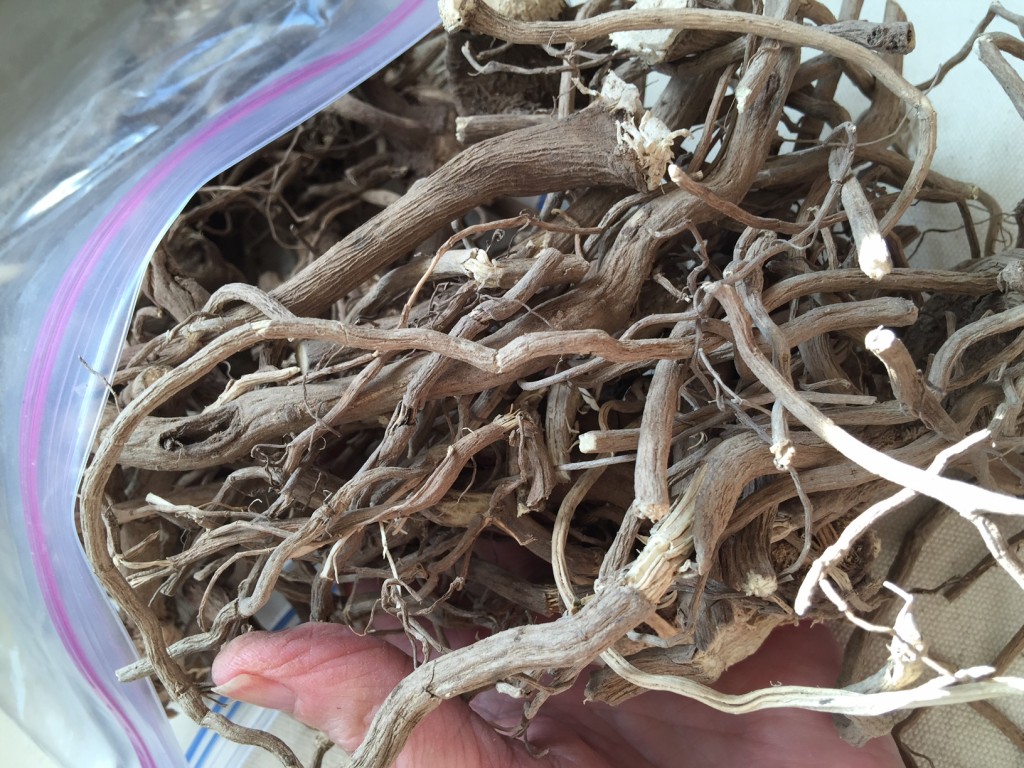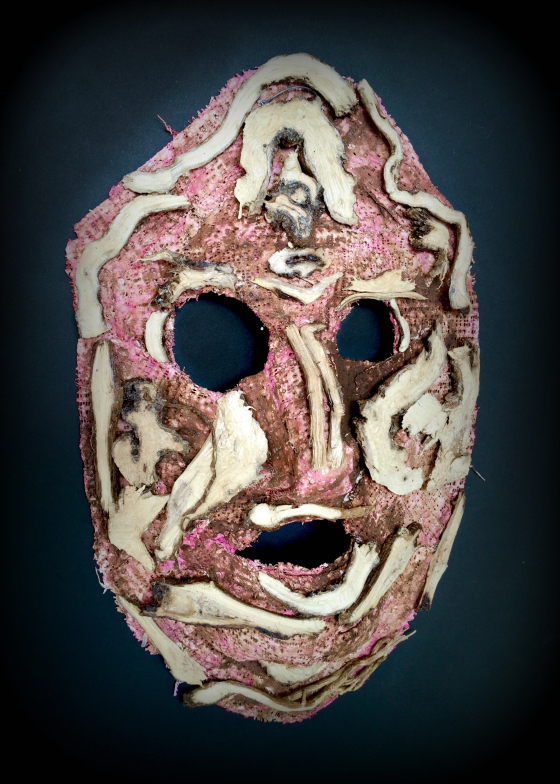Lateral kava roots, soon to be kava tea, are what you see in the picture above.
Kava is a plant-based intoxicant. Sometimes called the “drink of peace” or the “drink of the gods,” it is deeply embedded in the cultures of the pacific islands.
It’s said you can’t be angry on kava.
No mental or physical abilities are diminished while consuming normal amounts of kava.
Historically, it’s been a central aspect of ceremonies, social gatherings and even political sessions where problems are worked out. In the weeks-long coronation celebration of the of King of Tonga in 2015, there was a special kava ceremony.
In Fiji, the drink from kava is considered the national drink, and is widely consumed.
Most (not all) historians agree that kava was first grown in Vanuatu around 3,000 years ago. The islanders and their sailing canoes helped it’s spread throughout Polynesia, Fiji, and also west to Micronesia and New Guinea.
A popular drink in the Pacific Islands for over 3000 years now, kava-kava is typically consumed before the beginning of any important religious rituals or ceremonies.
“Kava on My Mind”
Whole lateral roots from Fiji were soaked for days, then split with a utility knife. Pressed, dried and dehydrated for weeks, the pieces were then adhered to the quick-dry plaster mask (painted in coffee, beet juice and acrylic paint).


